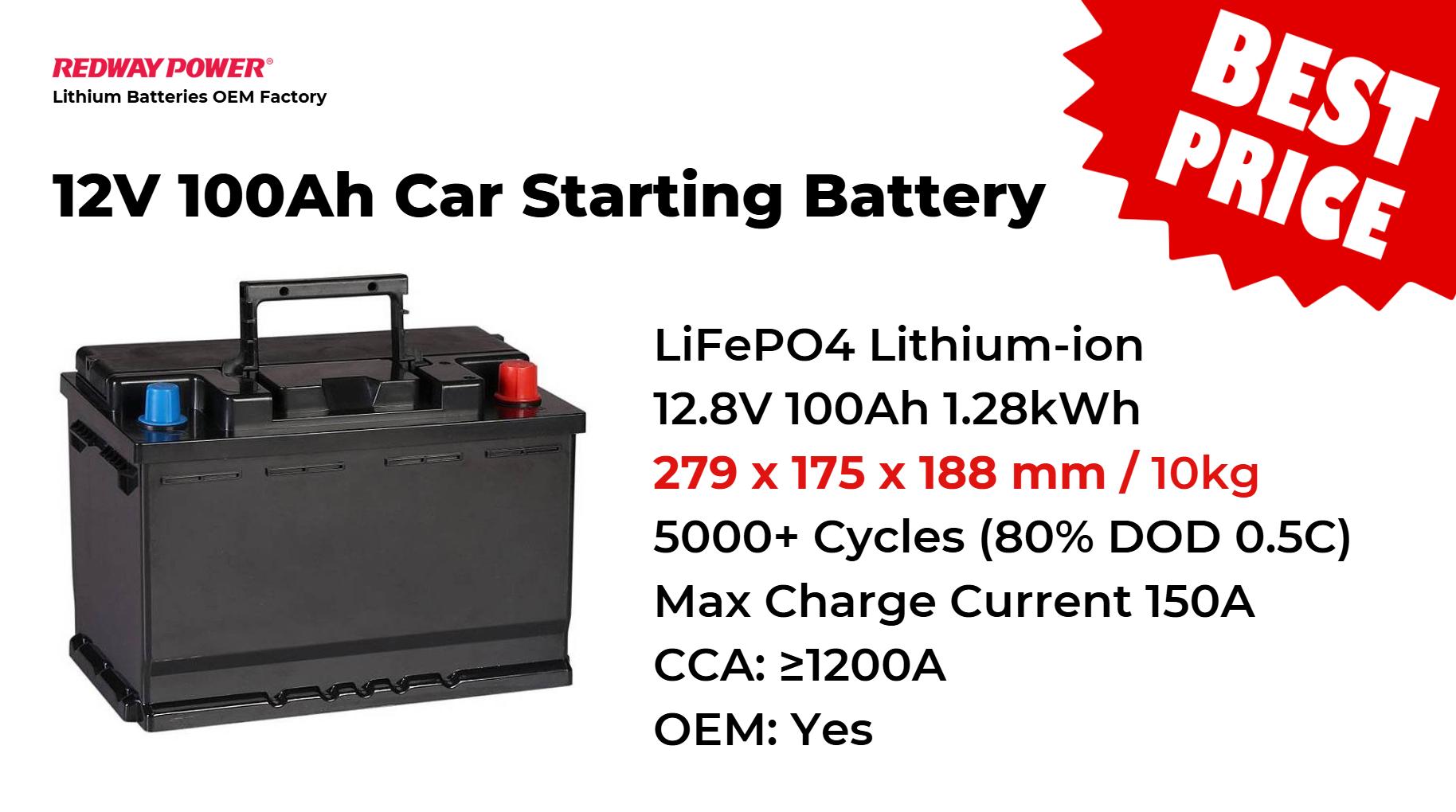LiFePO4 batteries demonstrate unique performance characteristics under various load conditions, making them suitable for a range of applications from electric vehicles to renewable energy systems. Their ability to handle high discharge rates, coupled with their thermal stability, allows them to maintain efficiency even under demanding circumstances.
What Is the Impact of Load Conditions on LiFePO4 Battery Performance?
LiFePO4 batteries are designed to perform efficiently across a variety of load conditions, but their performance can vary significantly based on the nature and intensity of the load applied. Under normal operating conditions, they can deliver stable power output, but as load increases, potential issues such as voltage drop and heat generation may arise.Performance Metrics Chart:
| Load Condition | Voltage Drop | Cycle Life Impact |
|---|---|---|
| Light Load | Minimal | Long-lasting |
| Moderate Load | Moderate | Moderate |
| High Load | Significant | Reduced |
How Do High Discharge Rates Affect Cycle Life?
High discharge rates can lead to accelerated wear and tear on LiFePO4 batteries, resulting in a shortened cycle life. While these batteries can handle high C-rates (the rate at which a battery is charged or discharged), consistently operating at or near maximum capacity may reduce their lifespan significantly.Cycle Life vs Discharge Rate Chart:
Wholesale lithium golf cart batteries with 10-year life? Check here.
| Discharge Rate (C-rate) | Expected Cycle Life |
|---|---|
| 0.5C | 2000+ cycles |
| 1C | 800 cycles |
| 2C | 300 cycles |
What Role Does Temperature Play in Battery Efficiency?
Temperature has a profound impact on the efficiency and performance of LiFePO4 batteries. They operate best within a temperature range of 20°C to 45°C (68°F to 113°F). Outside this range, performance can degrade, leading to reduced capacity and increased internal resistance.Temperature Impact Chart:
| Temperature Range | Performance Effect |
|---|---|
| Below 0°C | Reduced capacity |
| 20°C to 45°C | Optimal performance |
| Above 45°C | Risk of thermal runaway |
How Do Different Load Profiles Affect Battery Life?
Different load profiles—ranging from steady-state loads to intermittent high bursts—can affect battery health differently. Consistent high loads may lead to faster degradation compared to variable loads that allow for periods of rest and recovery.
Want OEM lithium forklift batteries at wholesale prices? Check here.
Know More:
How Do LiFePO4 Batteries Perform Under Various Load Conditions?
What Is the Cycle Life of Typical LiFePO4 Rack-Mounted Batteries?
How Does Temperature Affect the Performance of LiFePO4 Batteries?
What Are the Safety Considerations for High Load Applications?
When operating under high load conditions, safety becomes paramount. Overheating can lead to thermal runaway; thus, incorporating thermal management systems is essential to ensure safe operation during peak demand periods.
How Can You Optimize Charging Strategies for Varying Loads?
Optimizing charging strategies involves adjusting charge currents based on load conditions and usage patterns. Keeping charge levels between 20% and 80% can prolong battery life while also ensuring availability during peak demand times.
What Are the Self-Discharge Rates of LiFePO4 Batteries?
LiFePO4 batteries typically have a low self-discharge rate, usually below 3% per month, which makes them ideal for applications where they may not be used frequently.
Conclusion
Understanding how LiFePO4 batteries perform under various load conditions is crucial for optimizing their use in practical applications. By recognizing the effects of discharge rates, temperature, load profiles, safety considerations, and self-discharge rates, users can maximize battery efficiency and lifespan.
Expert Views
“LiFePO4 batteries are incredibly versatile but require careful management under varying loads,” states an expert from Redway Tech. “By understanding their performance characteristics and implementing optimal charging strategies, users can significantly enhance both safety and longevity.”
FAQ Section
- How do load conditions affect LiFePO4 battery performance?
Load conditions directly impact voltage stability and cycle life; higher loads may lead to voltage drops and reduced lifespan. - What happens if I frequently use high discharge rates?
Frequent use at high discharge rates can significantly shorten the cycle life of a LiFePO4 battery. - What temperature range is optimal for LiFePO4 batteries?
LiFePO4 batteries perform best within a temperature range of 20°C to 45°C (68°F to 113°F).






